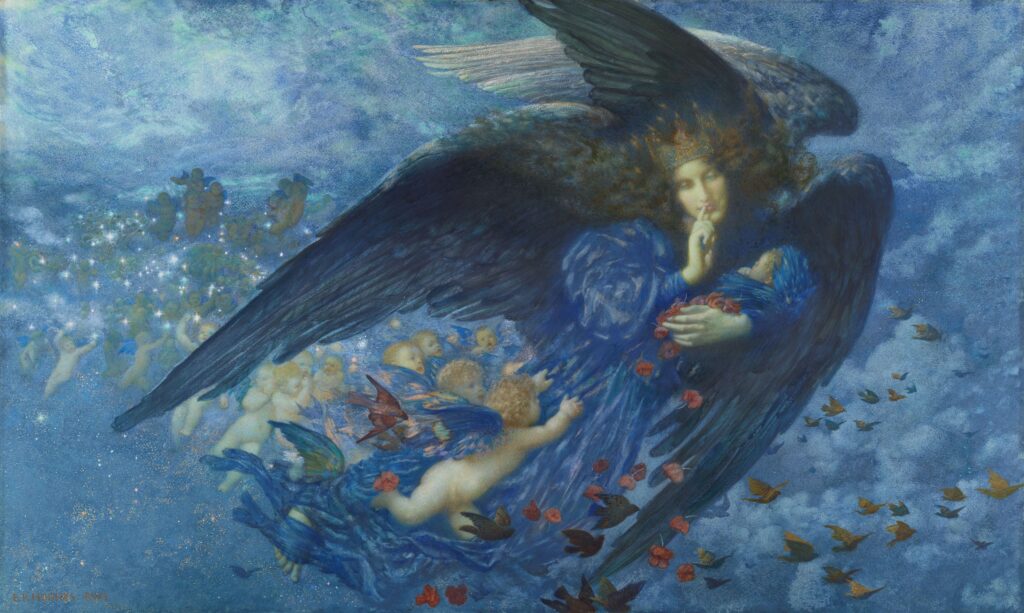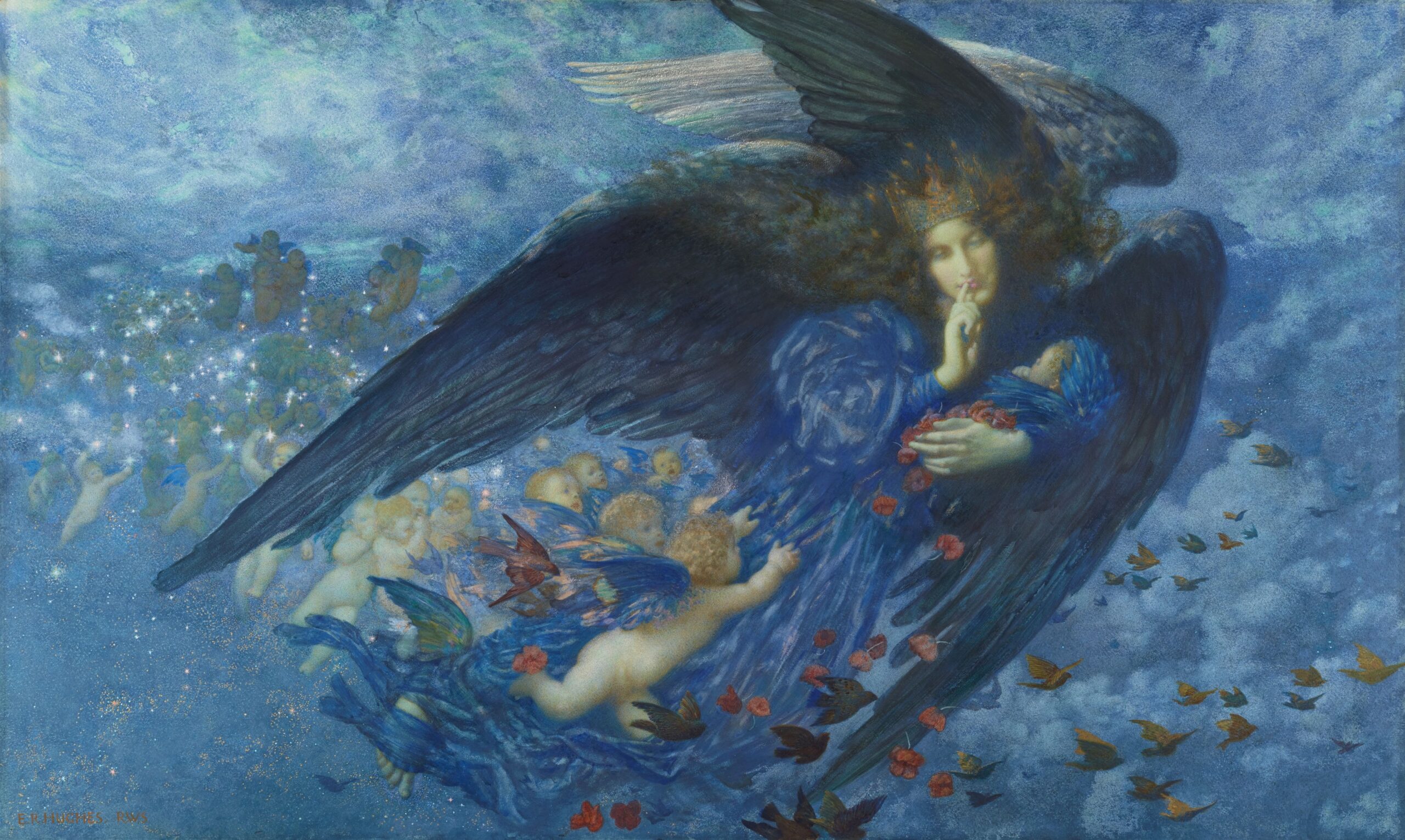“Boundaries of Expression: Shilpa Gupta’s Artistic Exploration” delves into the thought-provoking and boundary-breaking artwork of Shilpa Gupta, an Indian artist who challenges borders and the limitations on free speech through her creative expressions. Despite facing censorship and authoritarian restrictions in India, Gupta fearlessly displays her outdoor light works, shining a light on pressing issues such as political persecution, violence at borders, religious nationalism, and the costs of military occupation. Notably, her renowned piece, “For, In Your Tongue, I Cannot Fit,” sheds light on the inhumane incarceration of poets due to their powerful words. In her exhibitions in New York, Gupta employs protest songs and addresses the arbitrary nature of borders through installations. Through her art, Gupta provides a voice to the worldwide context of censorship and the suppression of speech. Her work aims to evoke a sense of empathy and understanding about the experiences at a nation’s edges, regardless of where the audience may be located. Utilizing national symbols like borders and flags, Gupta reveals the political mechanisms shaping a country, all while captivating viewers with her quiet beauty before addressing challenging subjects.

Shilpa Gupta: An Introduction
Shilpa Gupta is an Indian artist who has made a name for herself by questioning borders and the limits on free speech through her artwork. Born and raised in Mumbai, Gupta has always been fascinated by the concept of boundaries and how they shape society. She has faced censorship and authoritarian limits in India while trying to display her outdoor light work, further fueling her drive to explore these themes in her art.
Background of Shilpa Gupta
Shilpa Gupta’s background has played a significant role in shaping her artistic endeavors. Growing up in India, she witnessed firsthand the impact of political persecution, violence at borders, and religious nationalism. These experiences have deeply influenced her work and have become central themes in her artistic exploration.
Exploring Borders and Free Speech
One of the main focuses of Gupta’s work is the exploration of borders and free speech. Through her art, she aims to challenge the limitations imposed by society and the state on these fundamental rights. Gupta’s installations and sculptures serve as a powerful medium to raise questions about censorship and the suppression of expression.
Censorship and Limitations in India
Gupta’s experiences with censorship and limitations in India have been a driving force behind her artistic exploration. In her homeland, freedom of speech is not always guaranteed, and artists often face obstacles in expressing their views. Gupta has encountered resistance and pushback in displaying her outdoor light work, highlighting the challenges faced by artists who question the status quo.
Political Persecution
The concept of political persecution plays a significant role in Gupta’s work. She sheds light on the plight of individuals who have been persecuted for their political beliefs or activism. Through her art, Gupta brings attention to the unjust treatment of these individuals, challenging the viewers to question the oppressive systems in place.
Violence at Borders
Another theme explored by Gupta is the violence that often occurs at borders. She uses her art to draw attention to the human suffering and tragedies that result from these conflicts. By highlighting the consequences of physical boundaries, Gupta aims to provoke thought and encourage dialogue about the costs of militarization and border conflicts.

Religious Nationalism
Religious nationalism is another aspect that Gupta addresses in her artwork. She explores the impact of religious divisions and how they are exploited for political gain. Gupta’s thought-provoking installations and sculptures challenge the viewers to question the role of religious identities in shaping nationalistic narratives.
Costs of Military Occupation
Gupta’s work also delves into the costs of military occupation. She sheds light on the impacts of such occupations on individuals and communities, emphasizing the human cost of political decisions. Through her art, Gupta highlights the consequences of militarization and seeks to spark conversations about alternative approaches to conflict resolution.
For, In Your Tongue, I Cannot Fit
One of Shilpa Gupta’s most famous works is “For, In Your Tongue, I Cannot Fit.” This thought-provoking artwork focuses on poets who have been incarcerated for their words. Gupta’s installation brings attention to the power of language and the lengths to which governments may go to silence dissent. It serves as a powerful reminder of the importance of artistic expression and the need to protect free speech.
Overview of the Artwork
“For, In Your Tongue, I Cannot Fit” comprises a series of sound installations in which the voices of incarcerated poets are brought to life. Gupta collaborated with various poets who were imprisoned for their work and recorded their words, creating an immersive experience for the viewers. Through this artwork, Gupta aims to amplify the voices of these poets and draw attention to their struggle for freedom.
Focus on Incarcerated Poets
The focus of Gupta’s artwork is the plight of incarcerated poets. By specifically highlighting the experiences of these individuals, Gupta seeks to shed light on the unjust treatment many face for expressing their thoughts through poetry. Her installations not only bring attention to their work but also expose the harsh realities of censorship and persecution.
Impact and Reception
“For, In Your Tongue, I Cannot Fit” has received widespread acclaim for its powerful message and artistic execution. The artwork has been exhibited in prominent galleries and museums around the world, captivating audiences with its immersive experience. It has sparked important discussions about the value of free speech and the significant sacrifices made by artists and poets in the pursuit of expression.

Artistic Exploration in New York
Shilpa Gupta’s artistic exploration extends beyond her home country of India. Her exhibitions in New York have further solidified her reputation as a boundary-pushing artist. Through her installations, Gupta tackles issues such as the arbitrary nature of borders and the global context of censorship.
Installation of Protest Songs
One of Gupta’s installations in New York involves the projection of protest songs onto public spaces. By using music as a medium, Gupta creates an engaging experience that allows viewers to reflect on the power of music as a form of expression. The installation serves as a reminder of the role art can play in challenging oppressive systems and fostering social change.
Addressing Arbitrary Nature of Borders
Gupta’s artwork also addresses the arbitrary nature of borders. Through her installations, she questions the divisions created by borders and challenges the notion of geographical boundaries determining people’s identities. Gupta’s thought-provoking art encourages viewers to critically examine the impact of borders on society.
Context of Global Censorship
Gupta’s art is inherently tied to a global context of censorship and the suppression of speech. Through her work, she aims to shed light on the various mechanisms that restrict free expression and to spark conversations about the importance of protecting these fundamental rights. Gupta’s exhibitions in New York serve as a reminder that the struggle for free speech is not limited to any one country.
Making Nation’s Edges Palpable
A central aim of Gupta’s art is to make the experiences of a nation’s edges palpable for audiences, regardless of their location. By using national symbols, such as borders and flags, Gupta highlights the political mechanisms that shape a country. Her art invites viewers to engage with the complexities of these symbols and to reflect on the power dynamics that exist within a nation.
Relevance for Global Audiences
Gupta’s work resonates with global audiences due to its universal themes. The issues she addresses, such as censorship, political persecution, and the impact of borders, are not confined to a single country. Gupta’s art serves as a catalyst for conversations about these topics in different cultural contexts, fostering a greater understanding and empathy among viewers.
Using National Symbols
Gupta’s deliberate use of national symbols adds another layer of meaning to her artwork. By incorporating flags and borders into her installations, she challenges the viewers to confront their own perceptions of identity and nationalism. Gupta’s art invites viewers to critically analyze the power dynamics embedded within these symbols and to question the narratives they perpetuate.
The Quiet Beauty of Gupta’s Work
One of the defining characteristics of Gupta’s artwork is its quiet beauty. Her installations and sculptures have a mesmerizing quality that draws viewers in. Gupta’s ability to captivate audiences with her aesthetics allows her to address challenging subjects in a thoughtful and introspective manner.
Engaging Viewers
Gupta’s art engages viewers on multiple levels. Through her use of various mediums, including sound, light, and sculpture, Gupta creates immersive experiences that evoke emotions and provoke reflection. The visceral nature of her artwork ensures that viewers are not passive observers but active participants in the narratives she presents.
Addressing Challenging Subjects
Gupta’s art addresses challenging subjects that often go unexplored. Through her work, she tackles issues such as censorship, violence, and nationalism, shining a light on the consequences of such phenomena. Gupta’s ability to address these subjects with sensitivity and thoughtfulness allows her art to resonate with viewers on a profound level.

